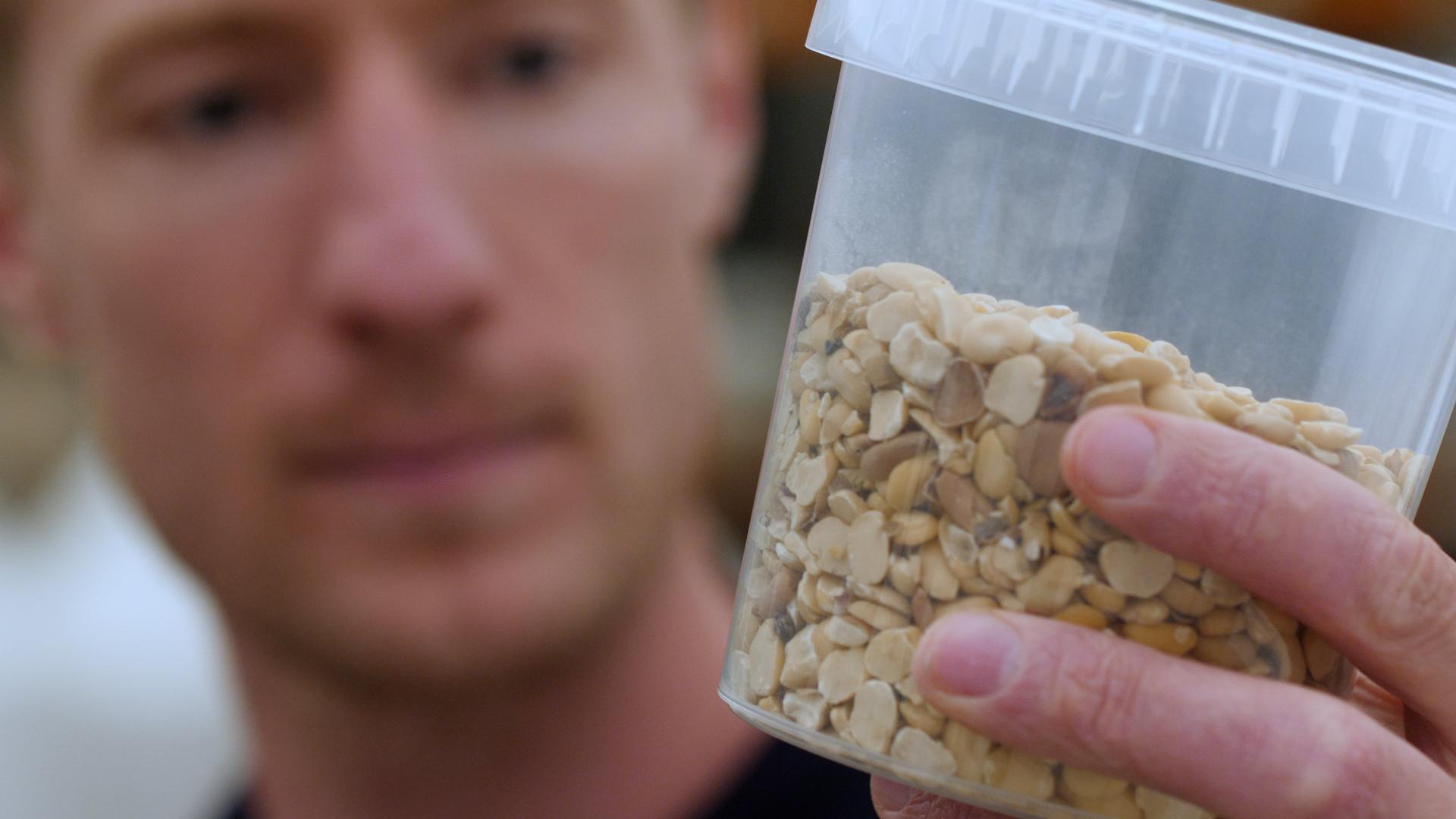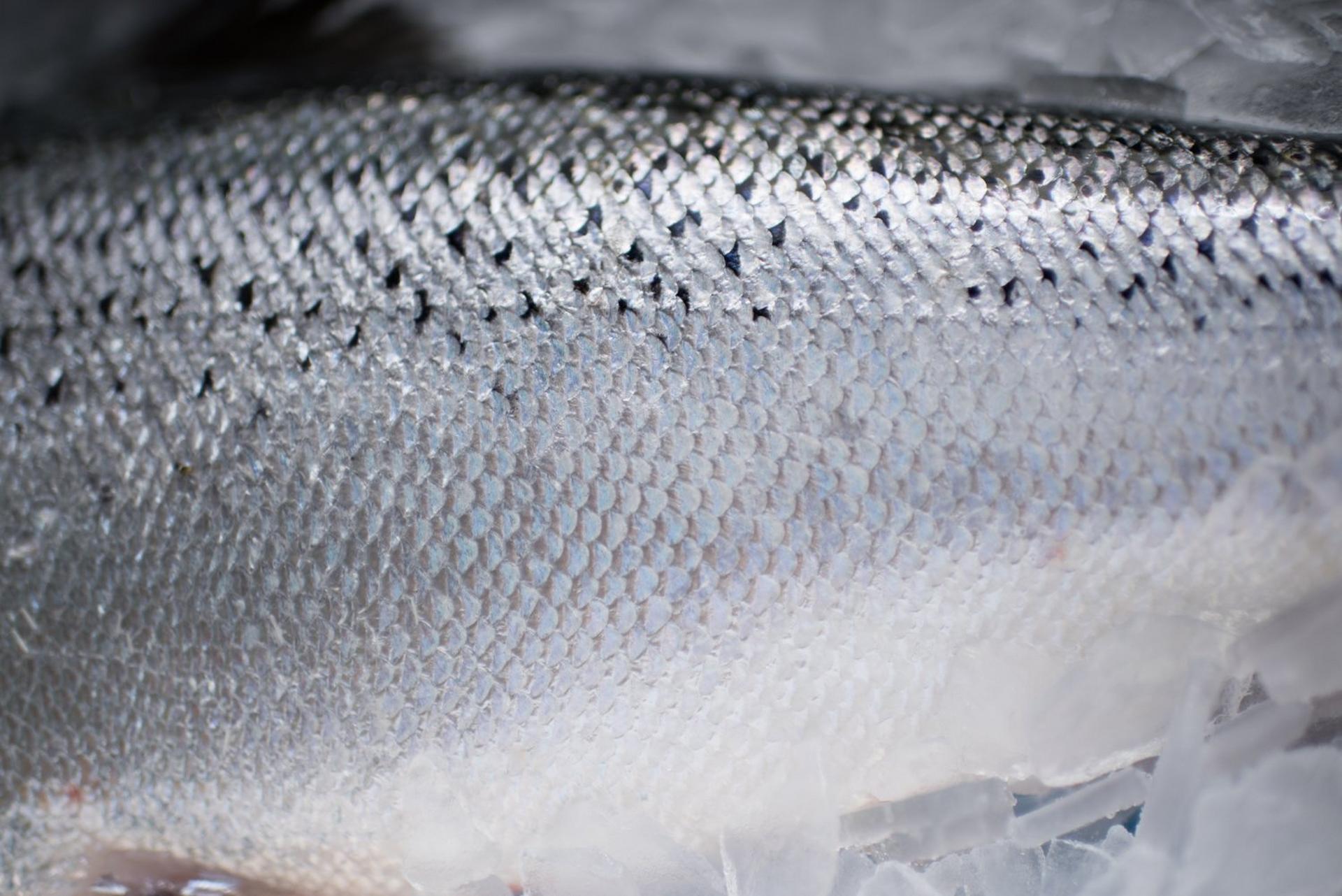- R&D
- Novel Ingredients
Navigating the complexity - Challenges and solutions in implementing sustainable raw materials in commercial aquafeeds
The global aquafeed industry has undergone a significant transformation over the past two decades, shifting from marine-based ingredients to plant-based raw materials. This transition has linked aquafeed production more closely with the environmental and social impacts of agriculture. Sustainable raw material sourcing is critical, given that aquafeed production accounts for up to 80% of the scope 3 greenhouse gas emissions in salmon farming.










